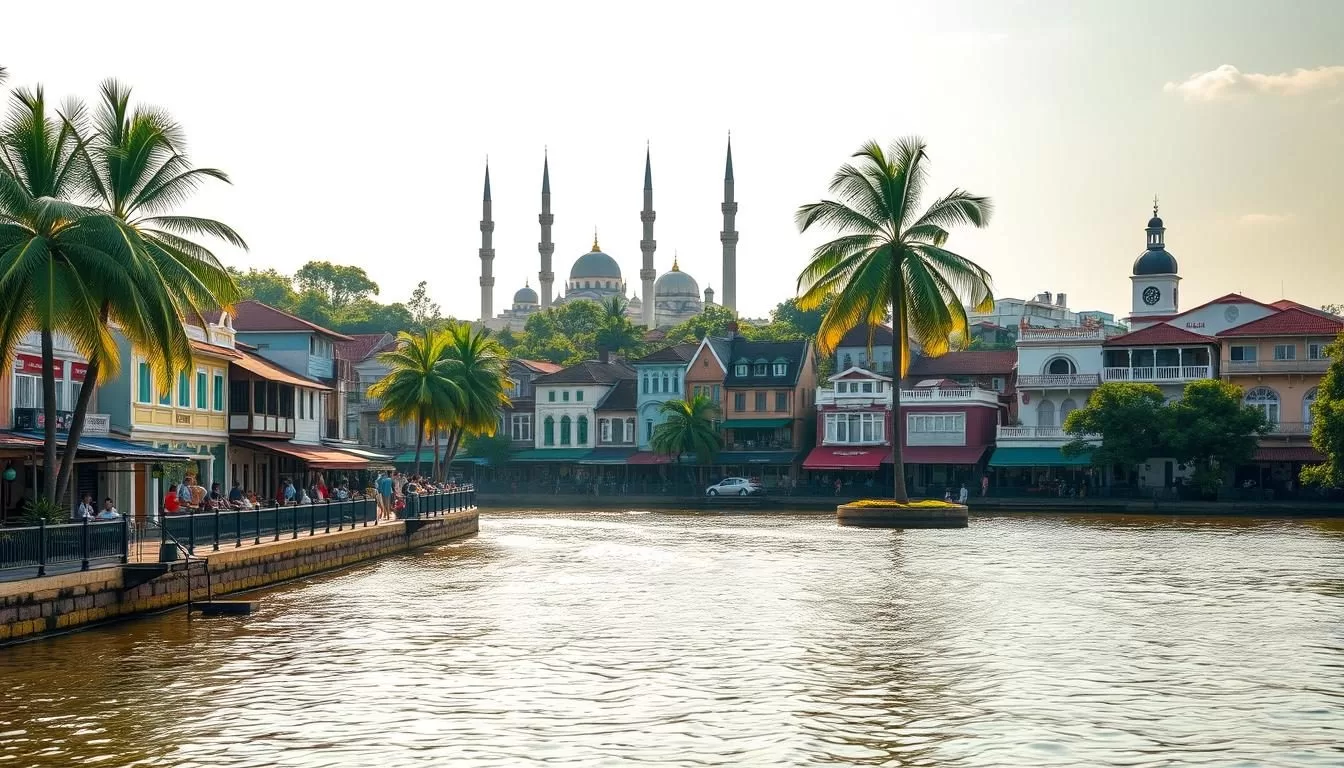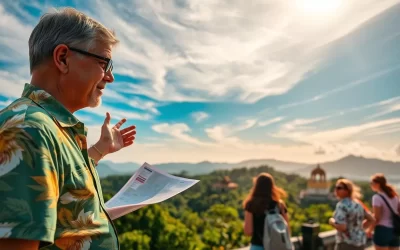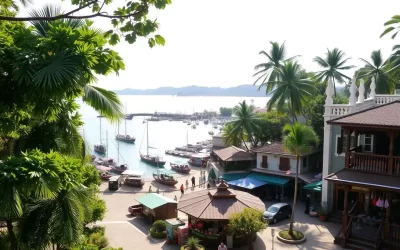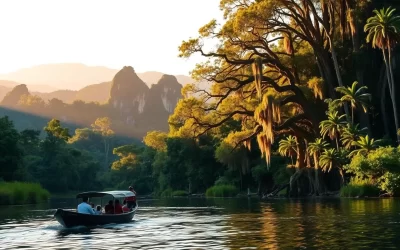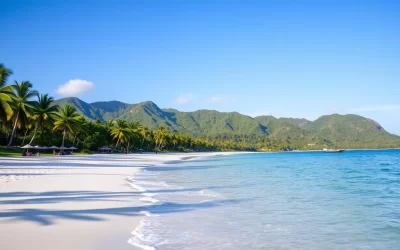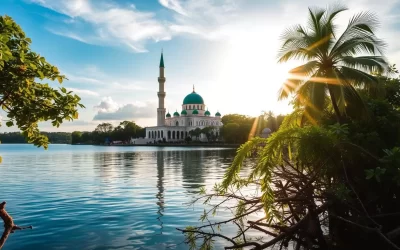Discover the charm of Melaka, a historical city in Malaysia that offers a unique blend of cultural heritage and architectural wonders. Despite its small size, there are plenty of things to do in Melaka, making it an ideal destination for travelers.
If you love culture, food, and architecture, Melaka should be on your travel itinerary. The city’s rich history as a major trading port has created a fascinating cultural melting pot. You can explore the city’s many historical sites, experience the local cuisine, and enjoy the relaxed atmosphere.
Located strategically between Kuala Lumpur and Singapore, Melaka is easy to reach and makes for a great trip stopover. This guide will help you navigate the best things Melaka has to offer.
Discovering Melaka: A UNESCO World Heritage City
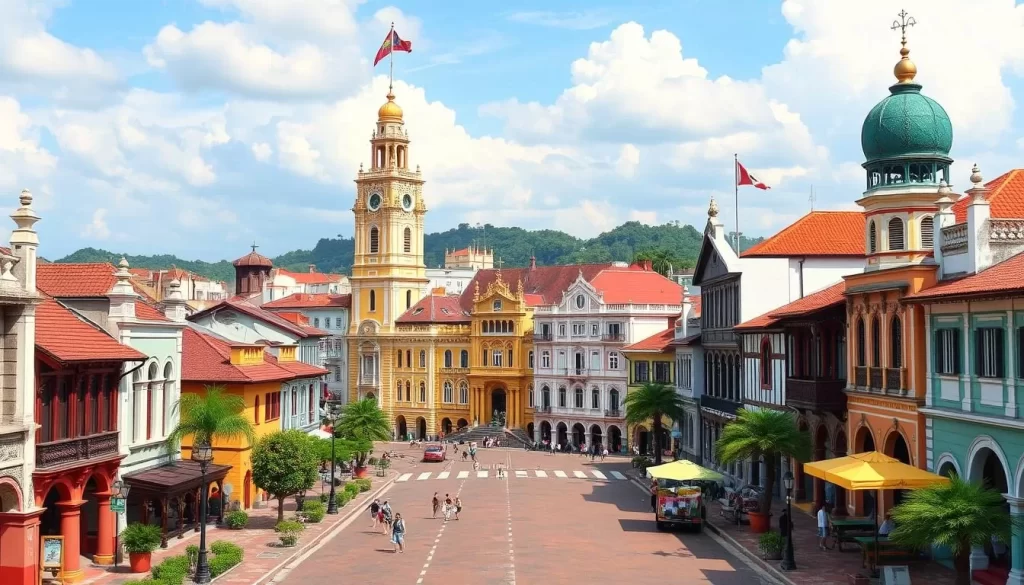
As you step into Malacca, you’re walking into a living museum, with its history and culture being showcased through its architecture and traditions. This city has a rich historical background that spans over 500 years, making it a fascinating destination for travelers.
The Rich Historical Background of Melaka
Malacca’s history began with its establishment by a Sumatran prince in the 14th century. It quickly evolved into a significant trading port, attracting merchants from various parts of the world, including China, India, and Europe. The city’s strategic location on the Straits of Malacca made it a crucial hub for international trade.
From Fishing Village to International Trading Hub
The transformation of Malacca from a small fishing village to a powerful sultanate is a testament to its historical significance. Under the rule of Parameswara, Malacca flourished, becoming a melting pot of cultures. The city’s history includes periods of rule by the Portuguese, Dutch, and British, each leaving their mark on the city’s architecture and culture.
Key Highlights of Malacca’s History:
- Melaka earned its UNESCO World Heritage status in 2008, recognizing its exceptional preservation of multicultural heritage.
- The city’s strategic location made it one of Southeast Asia’s most important trading ports.
- Malacca’s history includes periods of rule by European colonialists, including the Portuguese, Dutch, and British.
- Today, you can see this rich historical tapestry in Melaka’s well-preserved buildings and diverse religious structures.
Understanding Malacca’s history enhances your appreciation of the city’s attractions and helps you recognize the significance of places you’ll visit during your trip. As you travel through Malacca, you’ll experience the unique blend of cultures that make this city a standout destination in Southeast Asia.
The Historical Heart: Dutch Square and Red Square
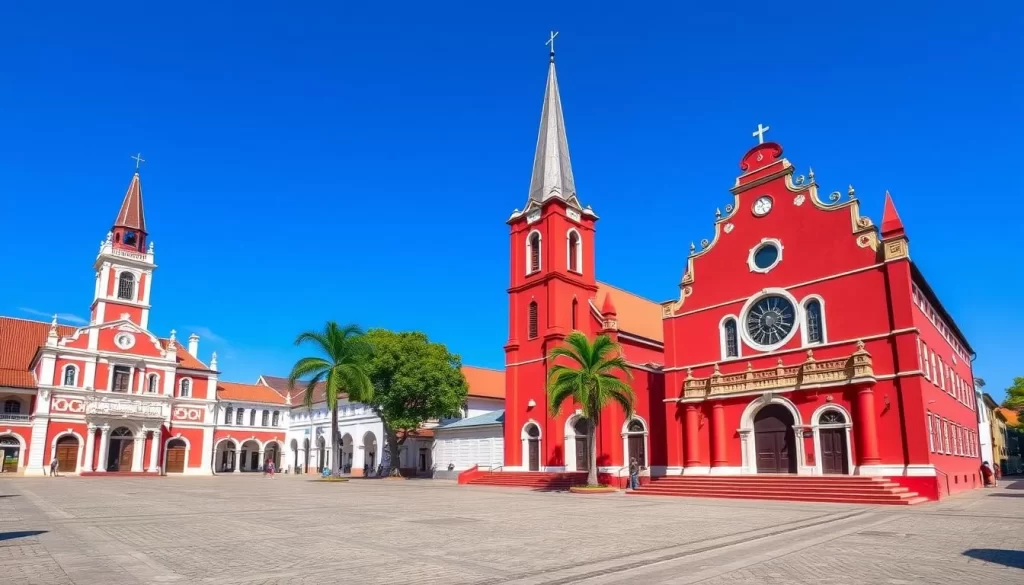
Melaka’s historical core is centered around the Dutch Square, commonly referred to as Red Square, a site that boasts impressive colonial architecture. This iconic square is instantly recognizable by its cluster of bright red colonial buildings, making it one of the city’s most photographed locations.
Colonial Architecture and Historical Landmarks
The square is home to several historical landmarks, including the Stadthuys and Christ Church. The Stadthuys, built in 1650, is the oldest remaining Dutch colonial building in Southeast Asia and now serves as the History and Ethnography Museum, offering insights into Melaka’s diverse cultural heritage.
Christ Church and Stadthuys
Christ Church, completed in 1753, is Malaysia’s oldest functioning Protestant church, featuring distinctive Dutch architectural elements such as hand-made pews and ceiling beams constructed without nails. The Queen Victoria Fountain and the Tang Beng Swee Clock Tower also add to the colonial atmosphere of the square.
The area becomes particularly lively in the late afternoon, making it an excellent place to begin your exploration of Melaka’s historical center. You can also find local vendors offering traditional snacks and refreshments around the square, allowing you to experience the flavors of Melaka while taking in the historical surroundings.
Jonker Street: Day Exploration and Night Market
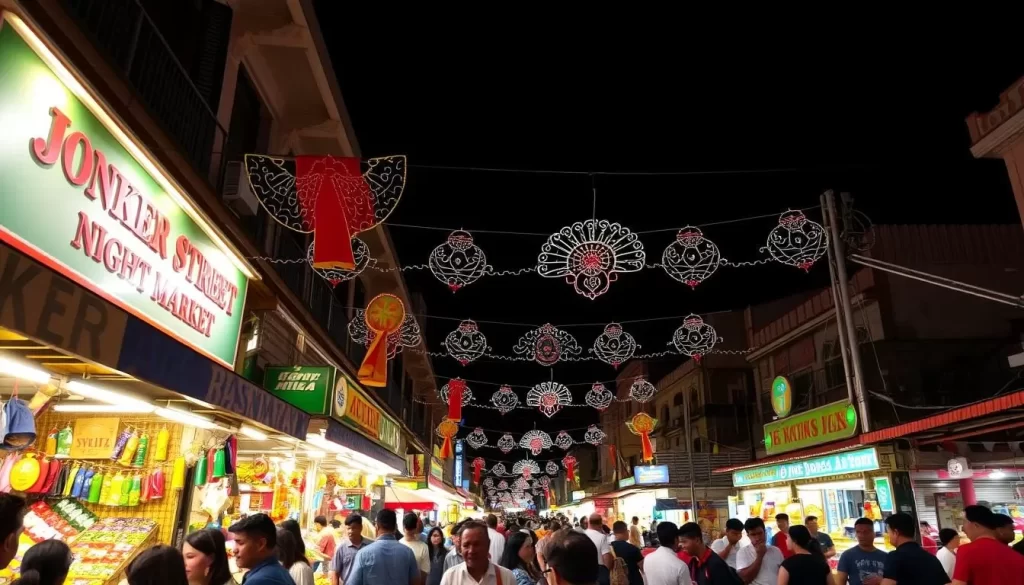
Experience the magic of Jonker Street, where day and night offer two distinct yet equally captivating experiences. This historic street, known locally as Jalan Hang Jebat, is a must-visit place in Melaka, offering a blend of culture, cuisine, and entertainment.
Shopping, Food, and Entertainment
During the day, Jonker Street is lined with antique shops, craft stores, and traditional shophouses where you can find unique souvenirs. As night falls, especially on weekends, the street transforms into a vibrant night market, featuring hundreds of stalls selling everything from handcrafted goods to fashion items and an impressive array of food.
Weekend Night Market Experience
The Jonker Street Night Market is a highlight of Melaka’s nightlife, drawing both locals and tourists. You can sample authentic Nyonya cuisine, chicken rice balls, and other local delicacies. The lively ambiance, complete with street performers, makes it a complete entertainment experience. Whether you’re looking for a unique souvenir or just want to enjoy the atmosphere, Jonker Street is one of the best things to do in Melaka.
Cultural Melting Pot: Temples, Mosques, and Churches
As you visit Melaka, you’ll discover a vibrant tapestry of religious diversity. The city’s landscape is dotted with mosques, colonial churches, Hindu and Chinese temples, making it a true cultural melting pot.
Religious Diversity in Melaka
Melaka’s religious buildings stand as a testament to the city’s multicultural heritage. You’ll find Muslim mosques, Chinese temples, Hindu shrines, and Christian churches coexisting peacefully within walking distance of each other.
- Harmony Street (Jalan Tokong) is a unique spot where three different places of worship, representing Malaysia’s major faiths, are located along one short stretch.
- The Cheng Hoon Teng Temple, built in 1645, is Malaysia’s oldest functioning Chinese temple, featuring intricate wood carvings and traditional Chinese architectural elements.
- The Kampung Kling Mosque showcases a blend of Sumatran, Chinese, Hindu, and Malay architectural influences, with a pagoda-like minaret.
Harmony Street and Its Significance
To experience this religious diversity firsthand, head to Harmony Street, where you’ll find the Cheng Hoon Teng Temple, Kampong Kling Mosque, and Sri Poyyatha Vinayaga Moorthi Temple
St. Paul’s Church, perched atop St. Paul’s Hill, is another significant landmark, offering historical significance as Southeast Asia’s oldest church and panoramic views of the city and Straits of Melaka. When you visit Melaka, these religious buildings and street are must-see attractions that highlight the city’s rich cultural heritage.
Malacca (Melaka), Malaysia: Best Things to Do Along the River
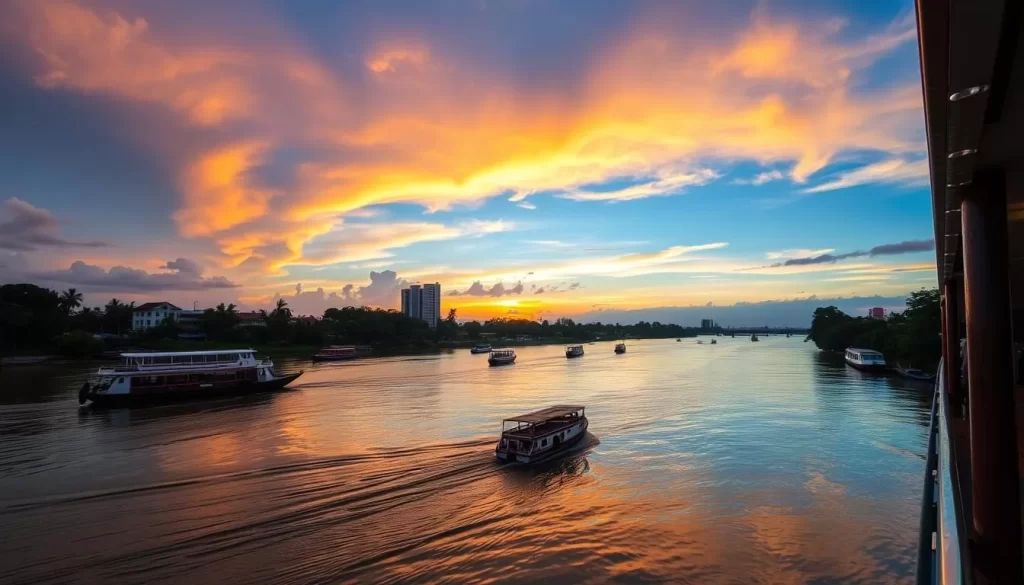
The Melaka River is a treasure trove of history and culture, best explored via a river cruise. This 45-minute journey allows you to relax while taking in the colonial and traditional architecture of the city.
River Cruises and Riverside Attractions
During your cruise, look out for Kampung Morten Village, Melaka’s last remaining traditional village. The village has 85 authentic houses, and locals still reside here. You might also spot monitor lizards and, if you’re lucky, an otter.
Evening Walks and Waterfront Dining
The riverside has been transformed with a well-maintained walkway, perfect for evening strolls. You’ll pass by traditional Malay villages, colonial-era buildings, and vibrant street art murals. The riverbanks are lined with cafes and restaurants offering views of the water, especially atmospheric during sunset and in the night when the bridges are illuminated.
Some of the highlights of the Melaka River cruise include:
- The Melaka River winds through the heart of the city, offering a different perspective on its historical buildings.
- 45-minute boat rides are available throughout the day and into the night when the riverbanks are beautifully illuminated.
- Kampung Morten offers insight into traditional Malaysian lifestyle and architecture.
- Wildlife enthusiasts might spot monitor lizards and occasionally otters in the river.
Maritime History and Museums
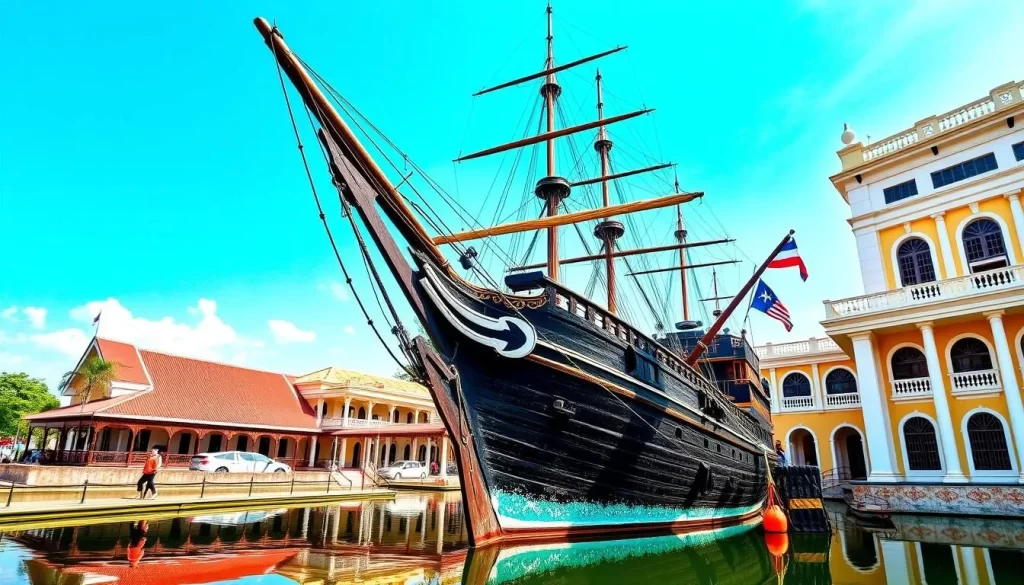
As you explore Melaka, you’ll discover a wealth of maritime history preserved in its museums, a testament to the city’s strategic importance. Melaka’s identity as a major maritime trading port is celebrated through several museums that showcase the city’s seafaring heritage and its importance in Southeast Asian trade routes.
Exploring Melaka’s Seafaring Past
The Maritime Museum (Muzium Samudera) is housed in a full-sized replica of the Portuguese ship Flor de la Mar, which sank off Melaka’s coast in 1511 while carrying treasures from the conquered sultanate. Inside this impressive vessel, you’ll find exhibits detailing Melaka’s maritime history, including ancient navigation tools, ship models, historical maps, and artifacts recovered from shipwrecks in the Straits of Melaka.
Maritime Museum and Sultanate Palace
The Melaka Sultanate Palace Museum is a wooden replica of the original 15th-century palace, constructed using traditional building techniques based on historical accounts of the sultan’s residence. This museum houses exhibits on the royal court life during the sultanate period, including royal regalia, traditional weapons, period costumes, and displays explaining the customs and ceremonies of the Melaka Sultanate.
These museums collectively tell the story of how Melaka rose from a small fishing village to become one of the world’s most important trading ports, where Eastern and Western civilizations met and exchanged goods, ideas, and cultural influences. For history enthusiasts, these museums provide context for understanding the architectural and cultural diversity you’ll encounter throughout the city, making them excellent starting points for your exploration of Melaka.
Panoramic Views: Observation Decks and Towers
Experience Melaka from new heights at its observation decks and towers. To get a comprehensive view of this historic city, consider visiting the Taming Sari Revolving Tower or the Shore Sky Tower.
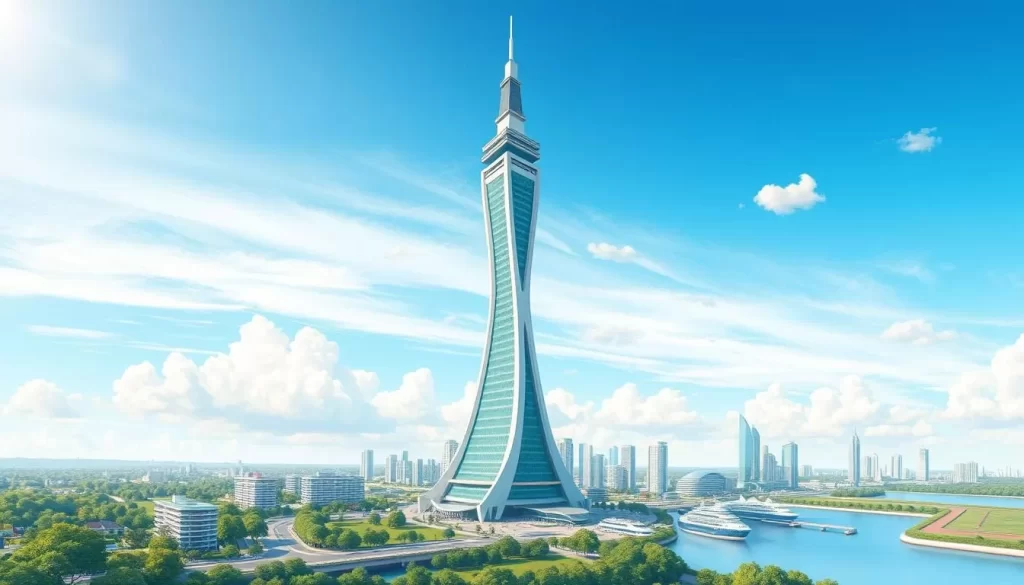
Best Viewpoints in Melaka
Melaka’s relatively flat landscape makes its few tall structures perfect vantage points for capturing panoramic views of this historic port city and the surrounding Straits of Melaka.
The Taming Sari Revolving Tower offers a unique 360-degree viewing experience from its slowly rotating observation deck, rising to a height of 80 meters and completing a full revolution in about 7 minutes. From this tower, you’ll enjoy unobstructed views of Melaka’s historic center, the coastline, and landmarks like St. Paul’s Hill.
Shore Sky Tower and Taming Sari Tower
The Shore Sky Tower stands at 163 meters, providing an even higher vantage point with its glass-floored observation deck that adds a thrilling element to the viewing experience. At the Shore Sky Tower, you’ll get picturesque 380-degree views of Melaka and beyond.
When you visit Melaka, make sure to stop by these towers to appreciate the city’s strategic location and capture the best places with your camera. You’ll find that these observation points are essential for understanding Melaka’s layout and character.
Culinary Adventures: Nyonya Cuisine and Local Delicacies
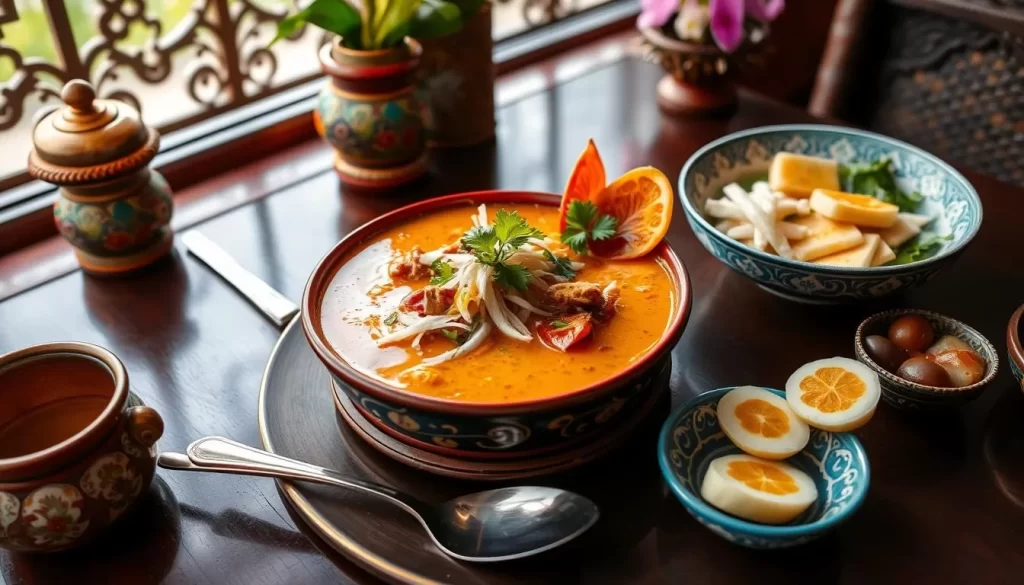
When in Melaka, you’ll discover a rich culinary landscape shaped by the city’s diverse cultural influences. The city’s food scene is a delicious reflection of its multicultural heritage, with Nyonya (or Peranakan) cuisine being the city’s most distinctive culinary tradition.
Tasting Melaka’s Unique Food Heritage
Melaka’s Nyonya cuisine blends Chinese ingredients with Malay spices and cooking techniques, creating a unique flavor profile. Must-try dishes include laksa, a spicy noodle soup, and ayam pongteh, braised chicken with potatoes.
Where to Find Authentic Peranakan Dishes
For an authentic Peranakan dining experience, head to restaurants like Nancy’s Kitchen or Peranakan Place on Jonker Street. These establishments offer traditional dishes in settings decorated with antiques and vintage photographs, enhancing the cultural experience. You can also try chicken rice balls at popular eateries like Chung Wah and Hoe Kee.
Whether you’re looking for street food or a sit-down meal, Melaka offers culinary options for every budget and preference, making food exploration one of the most enjoyable things to do during your trip. Don’t miss trying local drinks like cendol (a sweet, icy dessert drink) and teh tarik (pulled tea with condensed milk).
Beyond the City Center: Melaka Straits Mosque and Beaches
Beyond the bustling streets of Melaka’s city center lies a treasure trove of coastal attractions waiting to be explored. You’re just a short trip away from experiencing the serene beauty of Melaka’s outskirts.
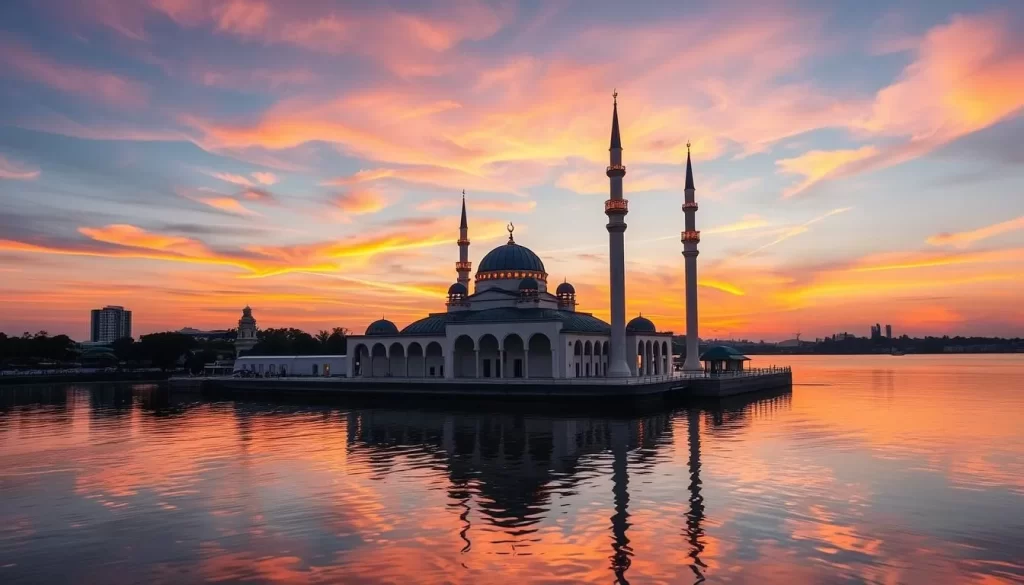
Day Trips and Coastal Attractions
One of the top attractions is the Melaka Straits Mosque, also known as the Floating Mosque, situated on a man-made island. This modern mosque, completed in 2006, boasts a striking gold dome and white structure that creates a breathtaking sight, especially during sunset when the building is illuminated and reflected in the surrounding water.
Visiting the Floating Mosque
To visit the mosque, you can take a cheap Grab (Asia’s answer to Uber) to the man-made Melaka Island, costing around 10 MYR each way. Alternatively, consider riding a bicycle, but be mindful of the weather. When you visit, remember to dress conservatively and remove your shoes before entering.
Other attractions in the area include Pantai Klebang beach, where you can enjoy the famous Klebang coconut shake, and the Mini Malaysia & ASEAN Cultural Park, showcasing traditional houses from various Malaysian states and ASEAN countries. If you’re interested in a more secluded experience, a day trip to Pulau Besar (Big Island) is also an option.
Getting Around: Transportation in Melaka
Getting around Melaka is a breeze, with several transportation methods available. The city’s historic center is compact, making it easy to explore on foot or by using local transportation options.
Navigating the City Efficiently
Melaka’s main attractions are within walking distance, allowing you to discover hidden gems and enjoy the photogenic streets. For longer distances, such as to the Melaka Straits Mosque, using the Grab taxi app is convenient and affordable, costing around 7 MYR each way.
Trishaws, Taxis, and Walking Options
- Walking: The most practical way to explore the historic center, allowing you to stumble upon unique spots.
- Trishaws: Colorfully decorated and fun, especially in the evenings with their LED lights.
- Taxis/Grab: Ideal for longer distances or when you’re short on time, with fares starting from around 7 MYR.
- Public Buses: Bus No. 17 connects Melaka Sentral to the city center, costing 1-2 MYR per ride.
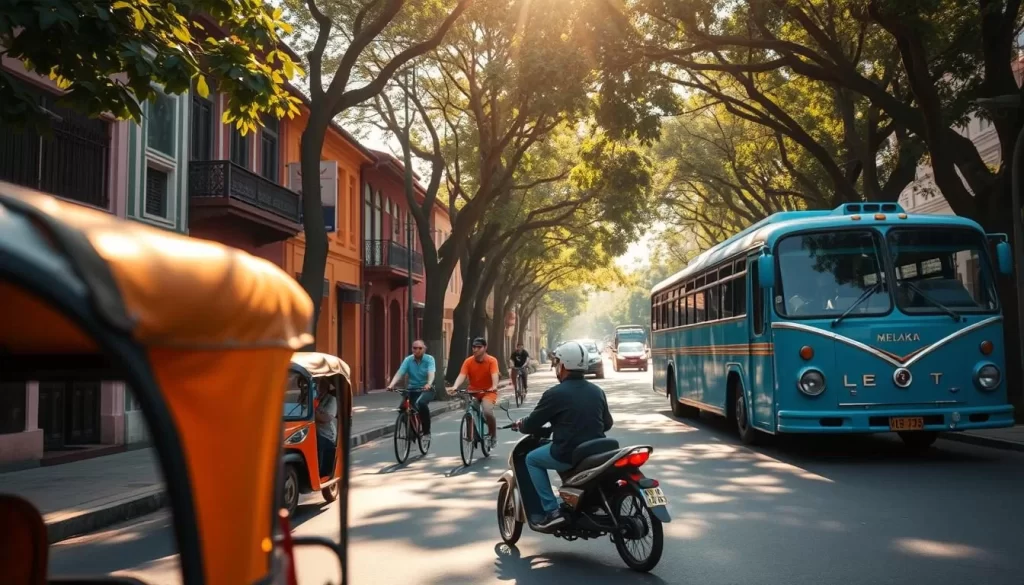
For a day trip or tour, consider joining an organized travel package that includes transportation and a guide to make your trip planning hassle-free.
When to Visit and How to Get to Melaka
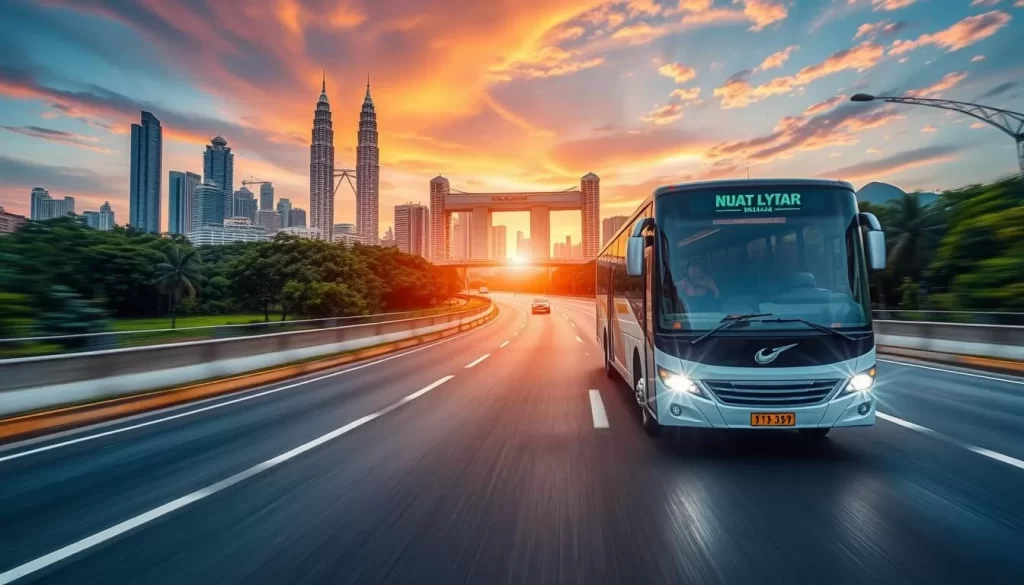
Melaka, a UNESCO World Heritage city, is a year-round destination, but knowing the best time to visit and how to get there can enhance your trip.
Best Seasons and Transportation Options
Melaka experiences a tropical climate year-round, with temperatures between 75-90°F (24-32°C) and high humidity. The best time to visit is from November to January when the temperature is slightly more bearable. However, the city’s charm can be enjoyed at any time of the year.
The driest months are typically June to August, while the northeast monsoon brings heavier rainfall from November to March. Weekends are busier due to the Jonker Street Night Market and day-trippers from Kuala Lumpur and Singapore, so visiting on weekdays is recommended for smaller crowds.
Travel Routes from Kuala Lumpur and Singapore
Getting to Melaka is straightforward with regular bus services from Kuala Lumpur and Singapore. From Kuala Lumpur, buses depart from Terminal Bersepadu Selatan (TBS) for approximately 10-15 MYR, taking around 2 hours. You can book your ticket online at 12Go Asia. From Singapore, buses leave from various terminals, including Golden Mile Complex, for around 80 MYR, taking about 4 hours.
All buses arrive at Melaka Sentral station, about 4.5 km from the historic center. You can take a local bus (#17) or a Grab taxi to reach the tourist areas. For international travelers, the nearest major airports are Kuala Lumpur International Airport (KLIA) and Singapore Changi Airport, both requiring a bus connection to reach Melaka.
Conclusion: Making the Most of Your Melaka Experience
Melaka, a UNESCO World Heritage city, is a treasure trove of experiences waiting to be explored. As you conclude your trip planning, remember that this city offers a unique blend of history, culture, and culinary delights.
To make the most of your visit, consider allocating 1-3 days to explore Melaka’s hidden gems and popular attractions. Whether you’re strolling along Jonker Street, visiting historical sites like St. Paul’s Church, or enjoying the city’s diverse food scene, there’s something for everyone.
Final Tips and Recommendations
Balance your itinerary between historical sites, cultural experiences, and culinary adventures. Don’t miss the opportunity to see Melaka from different perspectives, such as during a river cruise or from an observation tower. Timing your visit to include a weekend will allow you to experience the vibrant Jonker Street Night Market.
Creating Memorable Experiences in Melaka
As you explore Melaka, take time to wander through its quiet side streets and discover its authentic charm. Visit the Melaka Straits Mosque at sunset for a breathtaking view. With its rich history and cultural diversity, Melaka is a city that will leave you with unforgettable memories of your trip to Southeast Asia.
